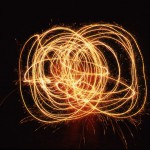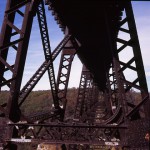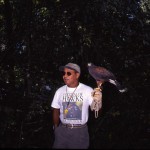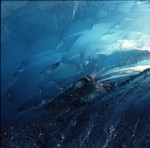- Kyuquot Seaweed
I took this with my trusty 3D World with Provia F probably at f11 or f16 which is my standard f stop. I always use a tripod so exposure was 1/8 or so since it was early in the morning. I have been shooting seaweed at low tide for about three years now and it always fascinates me the saturation, colour and abstract design. Kyuquot is a very small village on the west coast of Vancouver Island in BC where I spend my summers. There are no road and everyone only uses boats to get around as we live on 11 different islands. There is a post office, general store, clinic, hotel, small restaurant, and boat through espresso bar… what more do you want?
- Kyuquot Starfish
I also took this with my 3D World with Provia F probably at f11 or f16 at 1/15 or so. I found this little starfish at low tide and found it arms reminded me of Andre Kertesz, Satiric Dancer.
- Treehouse
I took this with my Rolleidoscop with Provia F not sure of the exposure. This is a treehouse room in a unique hotel that is in the trees in Southern Oregon, kind of like Swiss Family Robinson. The place is called Out’n’About Treehouse Treesort for those interested in an interesting adventure:)
- Kyuquot Fog
3D World with Provia F probably at f8 or f11, exposure was 1/2 as it was dark. I love when the fog rolls in and it is best to stay put and photograp.
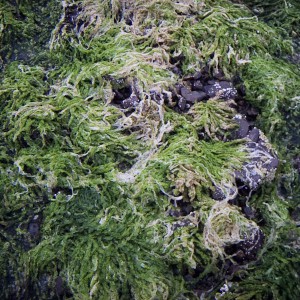
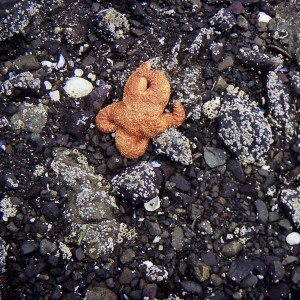
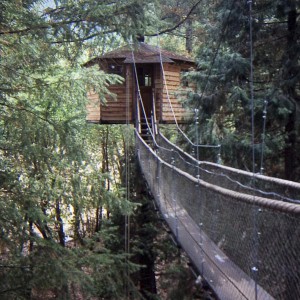
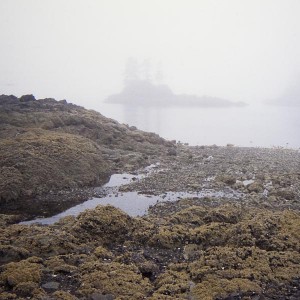
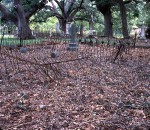
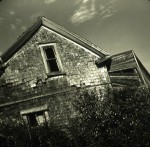

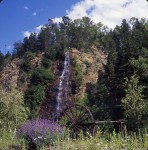
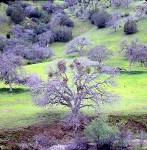
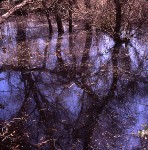
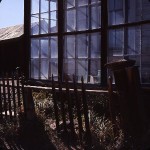
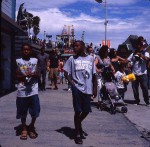
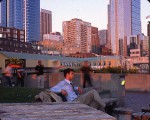
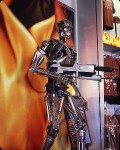
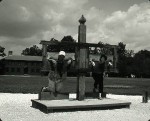
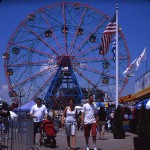

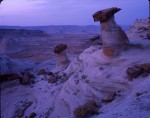
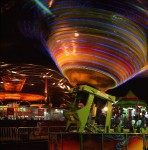
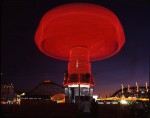
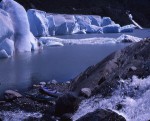
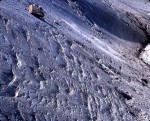
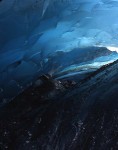
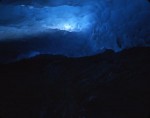
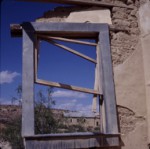 Description Taken with the TL-120 on a tripod.
Description Taken with the TL-120 on a tripod.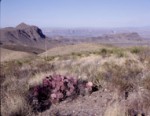 Description Taken on a tripod with the TL 120.
Description Taken on a tripod with the TL 120. 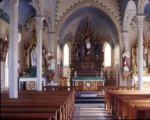 Description Taken on a tripod with the TL 120. These painted churches are in small towns about 1-1 1/2 hour drive from my house. They are quaint and pretty. For this image I had to stick my tripod through a gated partition as you are not allowed inside this particular church. My TL 120 just barely fit through the gate and composing was not easy as I could not see through the viewfinder. The churches still hold services weekly.
Description Taken on a tripod with the TL 120. These painted churches are in small towns about 1-1 1/2 hour drive from my house. They are quaint and pretty. For this image I had to stick my tripod through a gated partition as you are not allowed inside this particular church. My TL 120 just barely fit through the gate and composing was not easy as I could not see through the viewfinder. The churches still hold services weekly.
